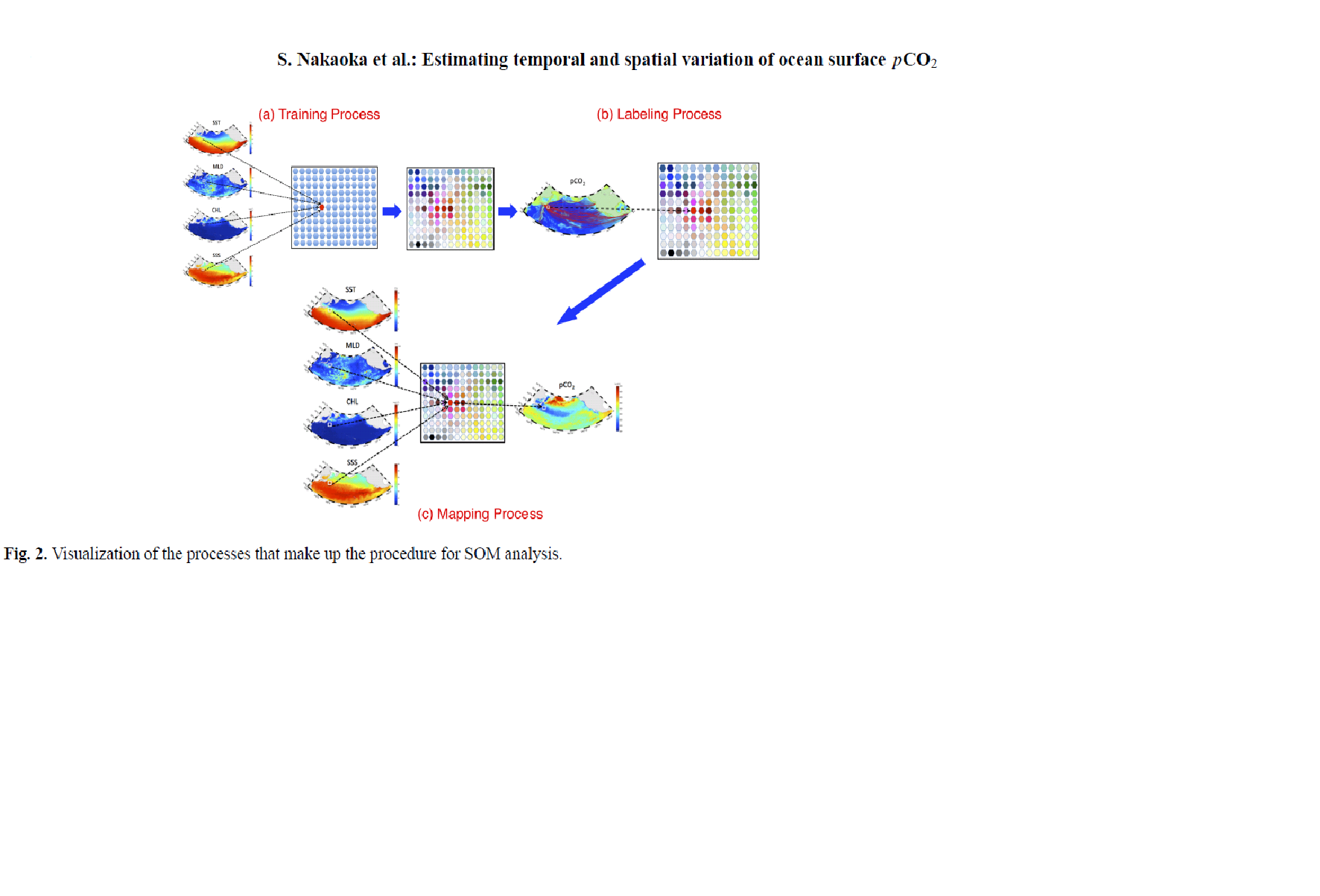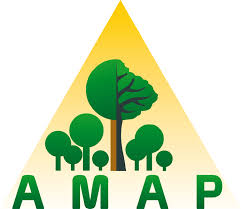Towards the simulation of the dynamics of mangrove coasts using ocean wave and current data
Context
The capability of mangroves to cope with coastal changes remains a challenging question. The future of mangroves is now doubly jeopardized by direct human pressures that compound effects of sea level rise and coastal erosion induced by changes in hydrodynamic and sedimentary processes or increasingly stronger oceanic storms. Among pending difficulties in forecasting changes in the extent and functioning of mangrove ecosystems is describing how multiple biotic and abiotic factors interplay at the local scale to regulate mangrove development, knowing that these factors are themselves constrained at larger scales by tides, winds, waves, nearshore currents or sediment transport.
Remote sensing observations have proved useful in monitoring decadal-scale changes in mangrove shoreline and extent in many regions. The knowledge thereby obtained on real case studies by observing decadal changes at a regional scale is not yet exploited sufficiently to forecast mangrove changes. Modeling of forest dynamics does not yet assimilate such pivotal information. Remote sensing data are also at the basis of global and regional climate simulations due to their multiple potential for monitoring oceans and atmosphere parameters.
Results
We present a new landscape-modelling framework based on a domain-specific language called Ocelet that is used here to tackle the question of mangrove forest dynamics in the context of fast-changing muddy seashores. For the demonstration, we selected the coast of French Guiana where mangrove physiognomy and extent continuously vary due to successive and recurrent erosion or accretion (mud banks) phases originating from the transport of sediment from the Amazon River towards the northwest (Fig. 1). We modelled the French Guiana coastal system as a set of ecological and physical processes involving entities (e.g. ocean, mangrove shoreline, mud bank) that are in relation with each other (Fig. 2). Interaction functions are written to specify how the entities change when they interact, according to the level of understanding and knowledge available (Table 1). The scenario then describes what interaction functions are activated at each time step. We applied the approach to explain mangrove shoreline variations from 1986 to 2006 over 90 kilometres and examined the contribution of alongshore and cross-shore wave energy and current velocities. The model was run with daily 0.5° ECMWF waves and PSY2G2R1 analysis Mercator-Ocean currents Data, whereas a time series of remote sensing images was used during the initialization and validation phases.
We have succeeded, to a certain degree (see Google Earth animation), in tracking and explaining mangrove shoreline variations using both widely available satellite and ocean data. Rapidly changing pristine mangrove coasts demonstrate fascinating capacities to cope with coastal changes. These capacities need to be properly addressed through interdisciplinary research in order to anticipate the highly variable future of coastal areas.
Utilisation
Hindcast data such as ERA-Interim wave or oceanic current signals provided by, respectively, the European Centre for Medium-Range Weather Forecasts (ECMWF) and Mercator Ocean might provide crucial data to understand changes that have affected mangrove coasts over the last decades. However, to our knowledge, no mangrove studies have exploited this potential yet. One of the reasons that come to mind could be the need for a flexible modelling approach capable of handling the coupling of various types of data and factors at various time and space scales in order to go further in the understanding of what has been observed for decades in satellite images.


